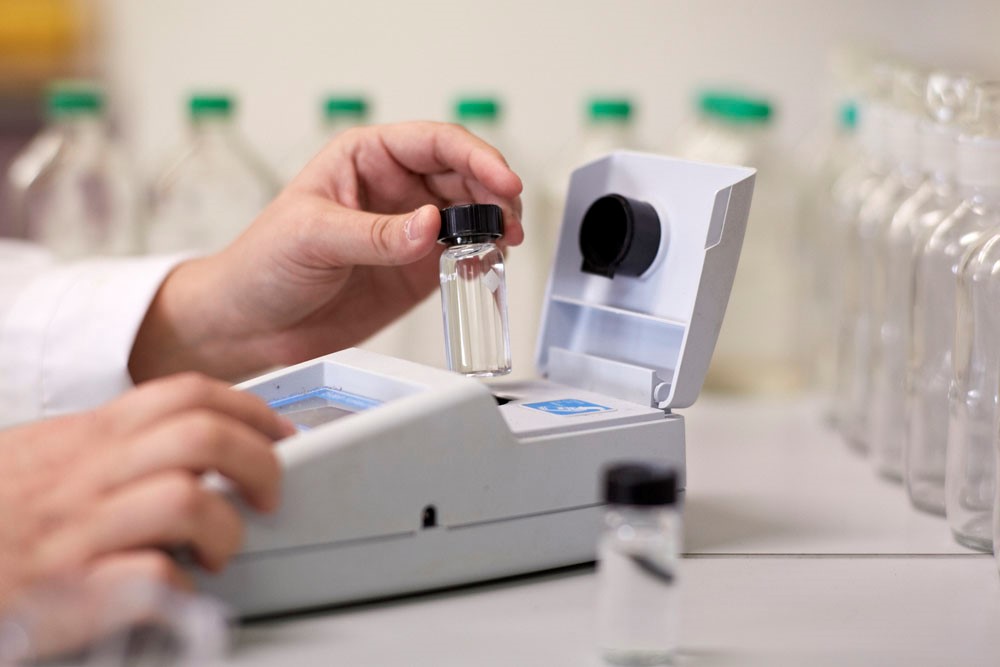| This guidance sheet forms part of a series of guidance sheets on preventing and managing offensive odours, and should be read in conjunction with EPA Victoria’s Odour Guidance for Industry webpage. |

Description
An effective odour capture system refers to any system which captures odour directly from the source, feeds odorous air through a treatment control, and releases it into the outside air. This could mean:
- plumbing a cooker directly into a ventilation system
- fully covering conveyer belts at a rendering plant, or
- installing fume hoods over preparation areas in food processing plants.
Type of control
Physical.
When you would use this?
Effective odour capture systems are a key element of any odour pollution control system for indoor processes.
Suitable for: given the nature of these controls, effective odour capture systems can be used to manage any odour that is produced indoors.
Industries that would use this: any industry could benefit from this control. However, industries which undergo most, or all their process indoors have the most to gain.
Details and considerations
There are a few considerations to keep in mind when deciding which effective odour capture system is right for your site:
- Effective odour capture systems come in many different forms, which all work differently. It is important that you understand the areas where odour production can occur, and select the system that works best for your site’s individual processes.
- Design and installation of the appropriate effective odour capture system is likely to involve professional services and can be costly.
- Effective odour capture systems work in conjunction with treatment controls such as condensers, scrubbers, filters, and stacks. It is important to consider which of these additional controls is right for you.
- It is important to monitor mechanical noise produced by the effective odour capture system you install to ensure you are not replacing an odour issue with a noise issue.
Which effective odour capture system components you implement at your site will vary depending on the type and scale of activities undertaken, volume of air to be treated, intensity of odours produced, and the exposure risks associated with produced odours. Stages include:

1. Initial odour capture
The initial odour capture method you choose will rely heavily on how the odour is produced, below are some initial odour capture methods to consider.
Fume hoods
Fume hoods are generally used for individual work spaces. They work by extracting air from the work area and into a ducting system for treatment followed by dispersal outside of the building, while simultaneously delivering fresh air to the work area.
Conveyor belt covers
A conveyor belt cover, also known as a conveyor belt hood, works by enclosing the contents transported on a conveyor belt. This means odours are enclosed and can be extracted for treatment and dispersal at intervals along the conveyor belt via fans and ducts.
Negative pressure
Negative pressure means air flows into the odour containing room under doors or through windows and out of the room via extraction fans. It ensures odours will not escape from a room, and will instead be extracted, treated, and dispersed correctly. Negative pressure is used on a wide variety of sites from smaller factories to hospitals.
Plumbed exhausts
Plumbed exhausts typically refer to the exhausts from enclosed odorous sources. For example, ovens being plumbed directly into a ducting system that would take the emissions through the treatment and dispersal process.
Spray booths
Spray painting must always be performed indoors, ideally within a properly constructed booth equipped with exhaust fans, sealed windows/doorways, and a filtering system. Exhaust from the booth should be discharged from the building through an effective odour captive system ending in a stack.
2. Extraction fans
Extraction fans work by using a motor to drive a fan which draws air out of an area and through ducting. It is important to use the right size and powered fan for your business. Extraction fans should be located closest to the most odorous areas of the operations.
3. Ducting
Ducting is an essential part of an effective odour capture system as it transports odorous air from the source (drawn through via extraction fans), to treatment (such as filters), through to the exhaust. Without ducting, odorous air is not contained and cannot be treated properly. It is important to use the right size, material type and strength ducting for your business.
Further information
For more comprehensive information on effective odour capture system components see relevant Australian standards:
| Australian Standard |
Title |
| AS1668 (2016) Set |
The use of ventilation and air-conditioning in buildings. |
| AS12759 |
Fans - efficiency classification for fans. |
| AS4254 Set |
Ductwork for air-handling systems in buildings (flexible and rigid). |